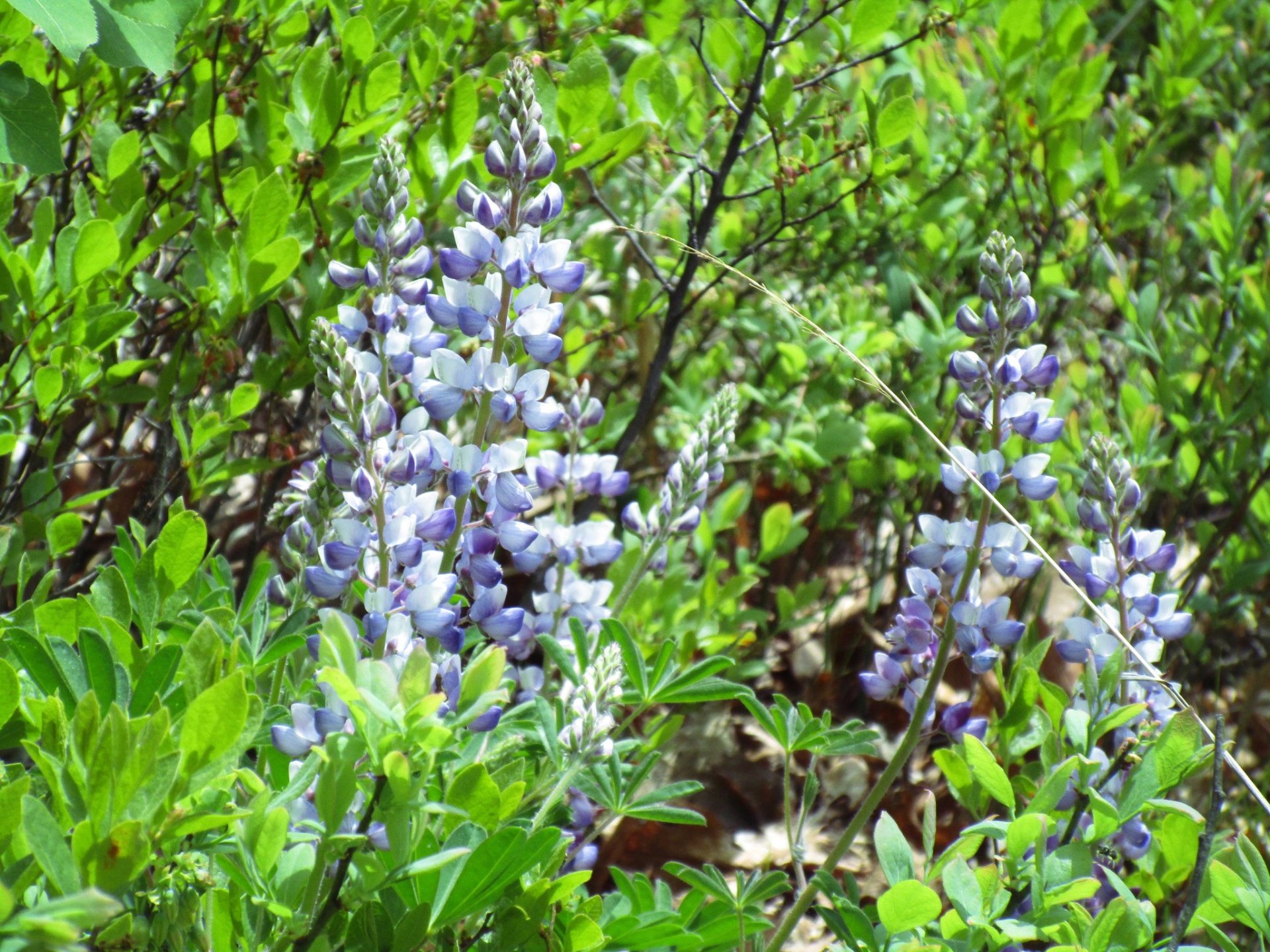by DINA CAPPIELLO, Staff writer
They are the trees that have survived it all — the bouts of disease, the axes of loggers, the lightning storms that uproot a forest like a gardener’s hand pulls weeds.
Most would be older than your great-great-great-great grandfather, if he were still alive.
But until this Saturday, there was no systematic search under way for eastern New York’s stands of old-growth forest. Most were discovered during the course of other research, or by chance on a walk through the woods.
“There is no other people around here doing this type of work,” said Fred Breglia of the Landis Arboretum in Esperance, as he guided the newly formed Eastern New York Old Growth Survey team on their first expedition — an inventory of eastern hemlocks, a tree that can live for more than 500 years, in the Lisha Kill Preserve in Niskayuna.
Breglia’s arboretum is the official headquarters for the team, a group of about 20 tree lovers and expert arborists who get a kick out of searching for ancient trees in order to save them.
“There are definitely remnants of forest that are very valuable and aren’t documented, and aren’t protected,” Breglia said.
On Saturday, Breglia pierced the bark of a hemlock tree — a wound that the tree naturally heals — to count its rings. In about 20 minutes he extracted a striped core, an 11-inch-long cylinder thinner than a pencil, from the trunk.
Each layer, or stripe, of woody insulation represents a year of growth. If close together, it’s a growth spurt. In another 10 minutes, Breglia had the barked giant aged — it had lived in that spot for more than three centuries, give or take about 20 years.
Scientists estimate that less than 1 percent of New York’s forest, or about 100,000 acres, is old-growth, the definition of which is a subject of debate. Some researchers count trees older than 300 years as old-growth. The eastern New York survey team designates as old-growth any stands where more than a dozen trees are over 150 years old.
But despite the differences in definition, each old-growth tree is a temple of biological resilience and a living house for other rare animals and plants.
Many of the old-growth stands in New York are in the Adirondacks and Catskills and on private land, where the force field of laws that protects rare wildlife doesn’t pertain to plants. And here, ancient trees need not be as spectacular as the giant redwoods and sequoias of the West.
“Our eastern old growth is not impressive. They don’t blow you away, until you open them up,” said Neil Pederson, a researcher with Lamont Doherty Earth Observatory’s Tree-Ring Laboratory, in Palisades, Rockland County.
As a consequence, over hundreds of years of civilization in New York, the most genetically valuable specimens of each species have been torn down.
The team hopes that discovering old-growth trees will bring awareness.
“There is this overall misconception that all of the forest was either logged or clear-cut,” said Bruce Kershner, co-chairman of the Western New York Old Growth Survey Team, based in Buffalo. “No one has searched them out.”
The focus on the eastern side of New York will be the smaller patches of ancient wood in suburban areas that have yet to be discovered. After the Lisha Kill Preserve on Saturday, a known spot for old growth, the team traveled to Old Maid’s Wood and other undiscovered tracts.
The evidence that these ancients exist here is on all sides.
In the western half of the state, which has had a survey team since 1989, more than 50 stands of old growth, ranging in size from three-quarters of an acre to 400 acres, have been surveyed. In Massachusetts, the Eastern Native Tree Society has documented another 50 places with ancient growth.
The team has plans for one expedition a month. Among the locales to be inspected: the Albany Pine Bush; Shawangunk Ridge, Ulster County; Saratoga Spa State Park and Schunemunk Mountain, Orange County.
They expect that it will take two to three years just to complete the inventory. Then lobbying lawmakers for old-growth forest protection will begin, as well as setting up more teams in other uncharted territories in New York. FACTS:IDENTIFYING OLD GROWTH Scientists use a dozen criteria to determine old-growth forest stands, although the definition of “old-growth” is up for debate. Here are some ways to pinpoint old trees by sight: Hemlocks, sugar maple, white pine, and red or white oaks are more likely to be olderTrunk is at least three feet wide, with large branches more than 30 feet off groundTrunk appears twistedRoots swell at the base of the trunkBark is abnormally rough or patches are bare at or below eye levelGround is bumpy due to large trees fallingLarge stumps, logs and branches litter ground Source: Western and eastern New York old-growth forest survey teams
